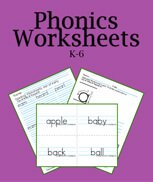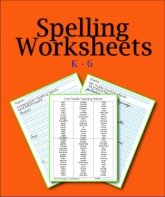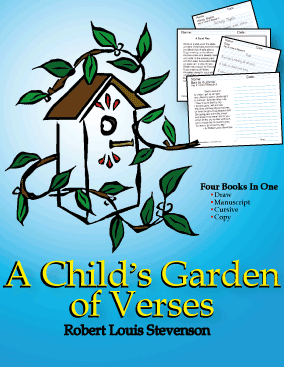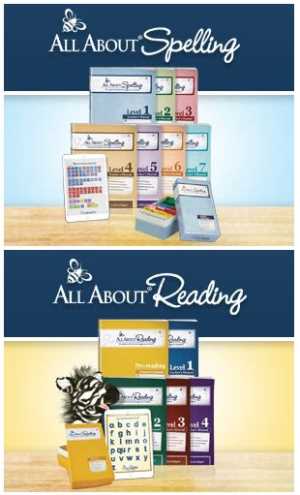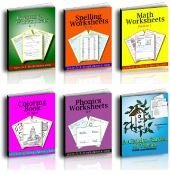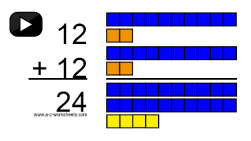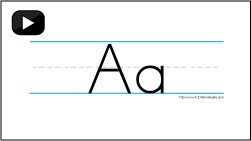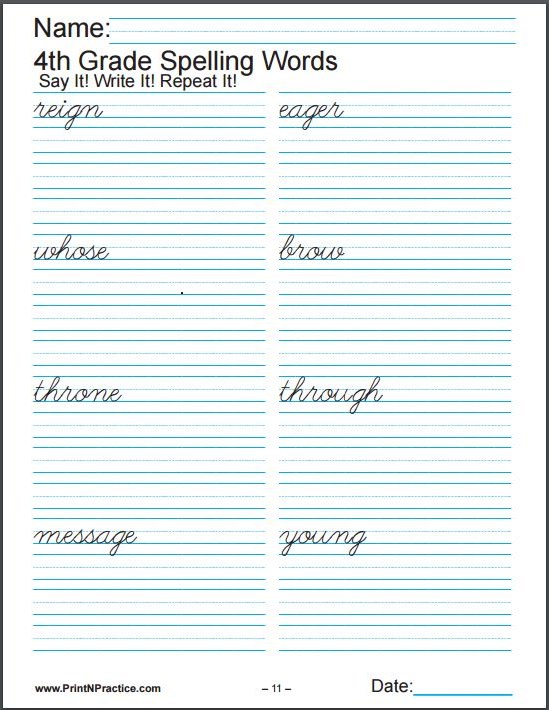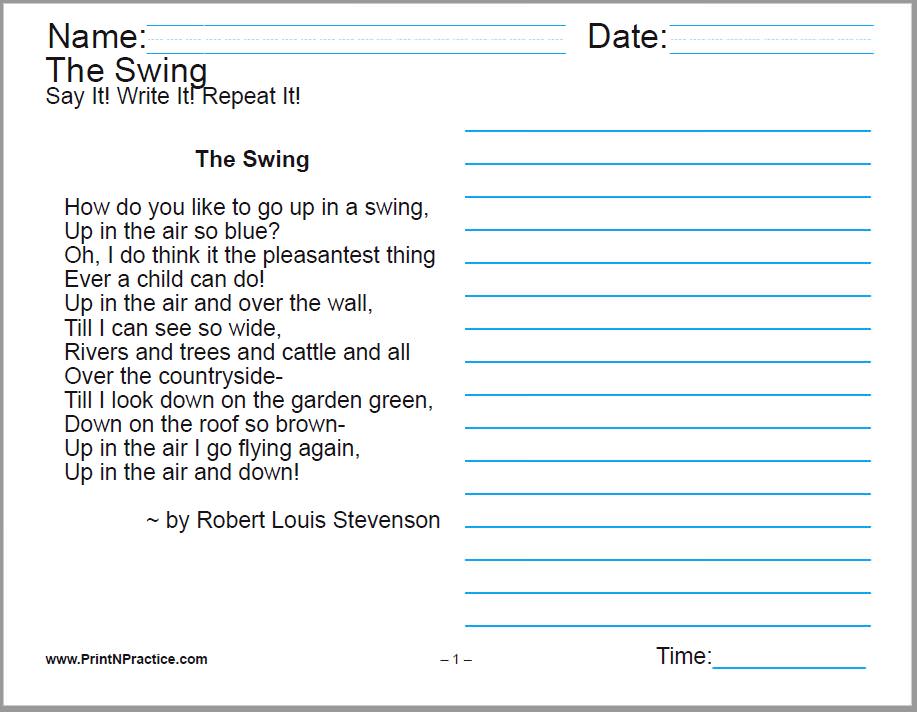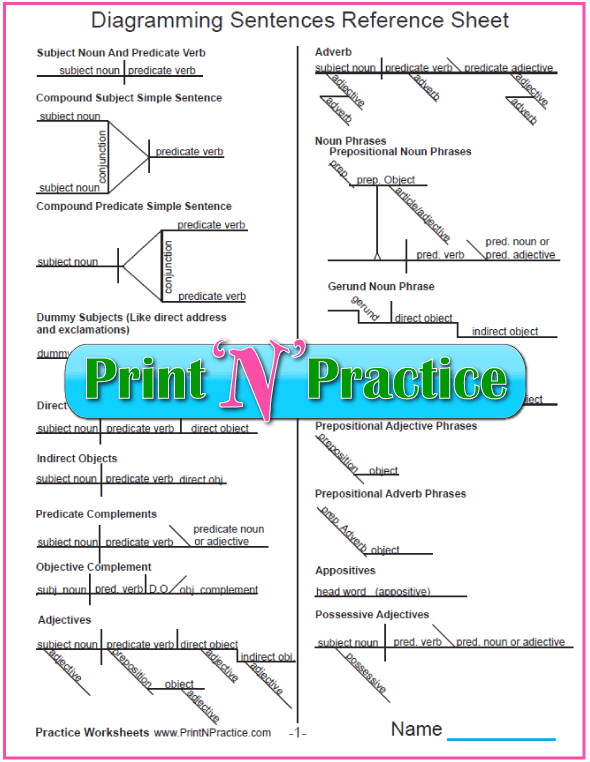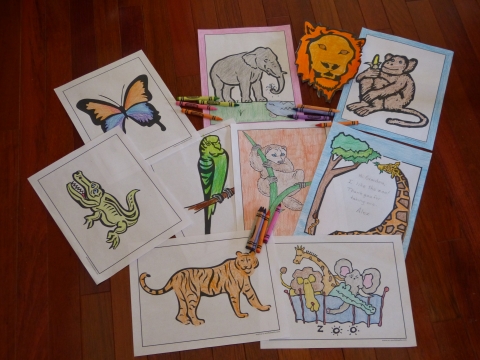- Home
- Phonics Worksheets and Videos
- Easy Phonics Rules
Advanced Phonics Rules
Help Kids Read & Spell With Confidence!
1. Phonics Rules Help Make Spelling Easier
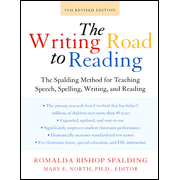 Writing Road To Reading
Writing Road To ReadingMy best advice to you for the spelling and phonics rules is to memorize them yourself. As a teacher and over time, you'll be so glad you did.
Why memorize the rules? You'll use them daily and many children will simply absorb them through the year.
Easy rules are a big help when you are teaching phonics. The rules help kids see the difference between short vowel a vs long vowel a, short e vs long e, long i versus short i, etc. for both the spellings and the sounds of the alphabet.
Basic Phonics Rules And Spelling Tips
After learning the sounds, the rules are a short cut to both teacher and student success. Most homeschools begin teaching phonics in kindergarten right along with teaching the alphabet.
Keep it simple. These are the main rules and you can think of them as spelling tips:
- What sound does qu make in English? "The letter q is always followed by u and together they say /kw/. The u is not considered a vowel here." (I add that this does not apply to commercial nicknames like Qwik Shop.)
- What sound does c make? "The leter c before e, i, or y says /s/ (cent, city, cycle), but followed by any other letter says /k/ (cat, cot, cut).
- What sound does g make? "The letter g before e, i, or y may say /j/ (page, giant, gym), but followed by any other letter says g (gate, go, gust). The letters e and i following g do not always make the g say /j/ (get, girl, give).
- "Vowels a, e, o, and u usually say /A/, /E/, /O/, and /U/ (long vowel sounds) at the end of a syllable (navy, me, o pen, mu sic).
- "The letters i and y usually say /i/ (short vowel sound) (big, gym), but may say /I/ (long vowel sound) (si lent, my, type).
- What is the y rule? "The letter y, not i, is used at the end of an English word (my).
- "There are five kinds of silent final e". (In short words such as me, she, and he the e says the long vowel sound, but in longer words where a single e appears at the end, the e is usually silent).
If you know and use these rules, you'll spell eighty-five percent of English words correctly. If you start at the beginning of the school year, you and the kids will know these rules by Thanksgiving or Christmas break.
Be encouraged to stay in touch! Join my free newsletter....
Join To Receive My Free PrintNPractice Newsletters!
Free Online Worksheets For School, Homework, And Homeschool Practice
Free Online Teacher Resources - Free Homeschool Curriculum
For teachers and parents: PrintNPractice free printable worksheets are all copyright-free, digital activities for students. Use them in homeschool, interactive notebooks for online classrooms, Google classroom, distance learning, tutoring and learning pods, and hybrid school.
- No prep.
- No tracking.
- Self learning.
- Copyright free.
- Lifetime license.
- Diverse learners.
- Easy drill-and-kill.
- Interactive worksheets.
- Printable morning work.
- Paperless morning work.
- Go printable or paperless.
- Stay on track. Summer review.
- Easy elementary school curriculum.
- Remote learning packets or homework.
- Most need no answer key or key is included.
- Videos for audio and visual learners. God bless headphones!
See free teacher and homeschool digital interactive school-at-home learning exercises with no login, no tracking, no sign-up, no voucher, no account, and no credit card. Loads of digital activities for device-based learning.
Phonics Rules Blend Phonograms Into Spelling Success
These easy phonics rules help the whole study of phonics and spelling come together. The very same rules are often called Spelling Rules. They teach how words are built and the correct phonograms to write the right word.
Learning the basic sounds is so important. The rules are next. Combine the two for easier reading comprehension.
 Romalda Spalding
Romalda SpaldingMrs. Spalding taught what she learned under Dr. Orton and emphasized the importance of practicing the phonics rules when the children see words that use the rules in daily reading, writing, and spelling class.
Use her book as a reference and you will have the rules handy to give clues when necessary. If you have to look-up a rule, repeat it three times quickly and do the same with your students. You'll love the results in just a few months' work.
The most concise source of information for this that I have found is Romalda Spalding's way of teaching reading skills in The Writing Road To Reading. Her book shows 29 simple rules for phonics including the "i before e except after c" rule, because the rules are what's next after learning the sounds of the phonograms.
Mrs. Spalding's work and Dr. Mary North's expansions have covered the info necessary for most students to be able to learn to read and write with a very concise program. This book also has a scope and sequence that many schools require and it goes from Kindergarten through Sixth Grade (and beyond if necessary). I really, really recommend that you get their book or something based on the same Orton principles. (See my descriptions here: WRTR, Beers)
Use Phonics Rules With The Phonograms
If you're unfamiliar with the sounds that the phonograms make, review our Phonics video below to become familiar with the 72 phonogram sounds and to hear the individual sounds of the letters.
Your students can use the videos for independent student review, too, although I'd be sure to help them in person first.
After your students know the sounds, they can begin to apply the rules of phonics for the correct spelling of words. It is said that if you know the first notebook page of the Spalding phonics notebook you can get an 85% average in spelling. Most of the Orton programs use this very same notebook page.
I have seen even seventh grade children get to this average of 85% within two months after years of "wham-wham-hope-you-know-it" memorization of spelling words.
Start with the basic alphabetical letters and note some of the spelling rules from page 223 of Romalda Spalding's The Writing Road To Reading and see our printable phonics worksheets here.
72 Phonograms Video

Buy All 190+ Phonics Worksheets And Phonics Flashcards In One Bundle
Teaching Basic Phonics Lessons
The Nightmare Of Teaching Sight Words
If you are a teacher who is familiar with the sometimes giant effort necessary to help children learn sight words, you'll love what that same effort can do by teaching the phonics sounds and rules.
At the beginning, the more often you review the sounds in words, the easier the children will learn them over time. Then they can piece brand new words together without having studied them.
Some of your kids will have photographic memories; but most will not. Besides, trying to learn a whole word at a glance gets confusing when kids see similar words and when the same word has different endings. The result can be confusion.
Stick with honest phonics and teach the sounds of each letter and the letter combinations. See the basic phonics lessons for easy review here.
Teaching ESL Students
One of the main things to remember about teaching ESL, English as a Second Language, students is that they use the same letters in their first language, but they say different sounds.
One of the main differences in pronunciation is the way they pronounce the vowels, especially the letter i. Try to learn your student's way of saying the vowels and you will be able to coach them how to read the same letter in English or how to spell the words they hear.
I've tutored a wonderful mother and daughter pair and found it easy to say their pronunciation of a vowel, when explaining a rule, and then repeat how it is said in English.
Buy Our Phonics Worksheets In Bundles: Phonics, Spelling, And Reading
Buy the bundle of our online phonics worksheets in one digital download for ad-free access to phonics practice for your elementary school students at school or at home.
BONUS: It includes our cursive writing worksheets.
Homeschool worksheets for spelling practice and Robert Louis Stevenson's poetry handwriting worksheets make great ESL printable worksheets. Enjoy!
More Phonics Worksheets, Videos, and Books

Mary Fifer, BSBA is webmaster, author, and researcher at PrintNPractice.com. She has created elementary school practice exercises using printable or digital interactive worksheets. Perfect for today's teachers, tutors, homeschoolers, and students!
Thank you for visiting and for sharing. :-)
Be encouraged to stay in touch! Join my free newsletter....
